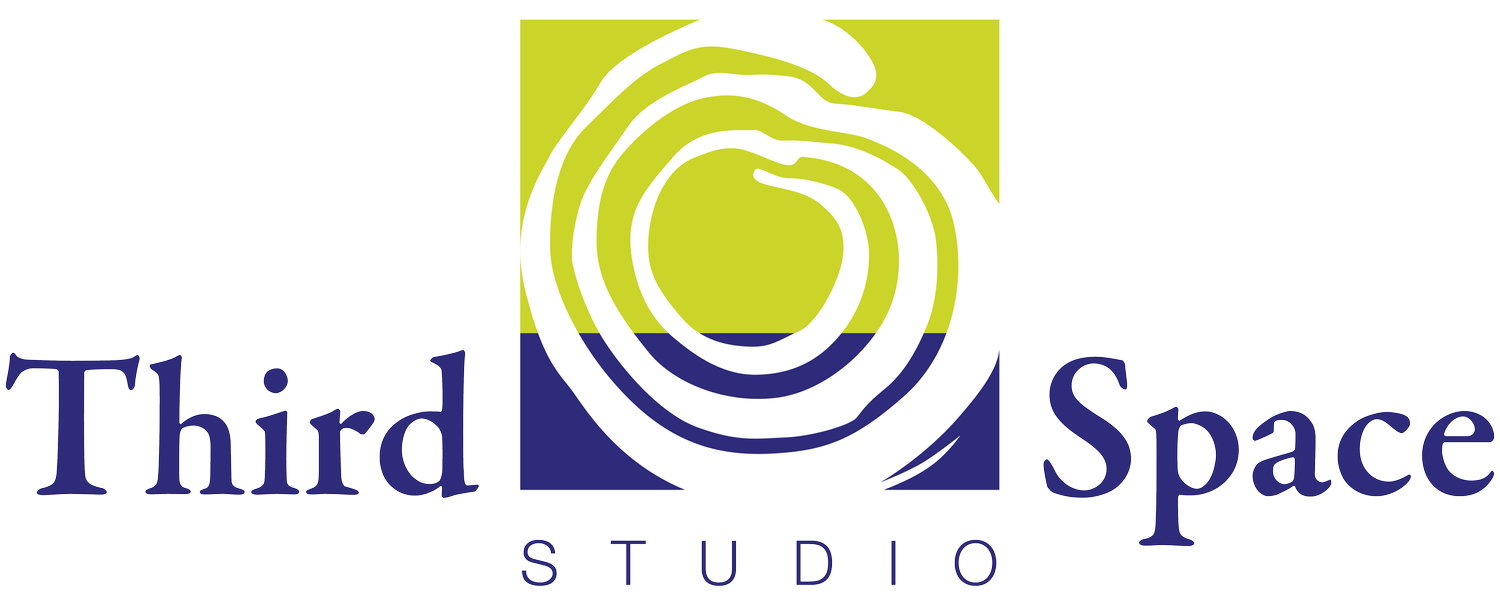Finding Swing
Finding Swing
We opened this series about building strong, resilient, capable teams discussing the importance of creating a culture of belonging. In this week’s piece, we turn our attention to alignment.
We often assume our organizations are in alignment. Everyone knows the mission, right?
Yet even when every board and staff member can recite the mission, your organization may not truly be aligned. There may be multiple interpretations of what your mission means. Your departments and teams may be disconnected from one another, doing siloed work. Staff may not know how their work contributes to the mission. The organization may be chasing money.
True alignment is when:
There is a clear sense of direction understood by every staff and board member, and they are committed to this direction.
Each member of the team knows how their daily work contributes to the overall direction.
All elements of the organization are adding up to produce the desired impact using the organization’s chosen strategies.
The organization attracts resources and maintains infrastructure to support its strategies and the people who implement them.
As I was writing this post exploring alignment, the phone rang. It was the long-time executive director of Third Space Studio’s first client organization. We’ve maintained a personal and professional relationship for over twenty years. She had just finished reading the first post in this series and was calling to say thank you. I took the opportunity to ask her about alignment. I’m going to paraphrase some of what she shared as I think it reflects the current experience of many nonprofit leaders.
We are just finding our swing after the pandemic, yet the disasters keep coming. Heat waves, a tornado. Supreme Court decisions and other political disasters. Investment in public education is dwindling. We’ve experienced funding cuts. Our usual partners are undergoing leadership changes and other transitions. My staff and the families we serve are navigating the rising costs of childcare, food, and housing. Disasters are layered on disasters.
It’s hard to get enough bounce to stay with the work. I’m learning that we must better align our strategies with the current context, both inside and outside the organization. The programs that we offered for many years are no longer working. I can’t find the talent I need to fill some roles. We can’t take on new ideas if we don’t have the organizational capacity and talent. I’ve never worked so hard in my close to thirty years in this role.
Alignment has always been challenging and it’s far more complex in 2023. In addition to the alignment challenges my colleague shared, we’re also more focused on creating equity and repairing past harms. Now, mix these very complex challenges of alignment into a team with some people working in-person and some remote. Whew!
This colleague and I share a love of the book, Boys in the Boat. It’s the story of how the University of Washington rowing team won gold at the 1936 Berlin Olympics. The rowers call the feeling of being in near perfect synchronization, “swing”. The boat seems to glide effortlessly through the water when the team has found its swing. The right team member is in the correct seat in the boat. Each person knows how their actions impact others and trusts their teammates to play their role to the absolute best of their ability. Swing requires an enormous amount of communication. It requires persistent training. Everyone in the boat knows they can only win as a team. Swing is alignment.
Five Practices to Swing into Alignment
What are some of the practices that a nonprofit team can use to find swing? Try these five. Each of these practices can be used whether your team is in-person, hybrid, or fully remote. What works for you and your team?
1. Use clear and consistent processes and tools when delegating and assigning work within the team. The Management Center has some great tools including a Delegation Worksheet and the MOCHA tool for clarifying roles for a project. Adopt some tools and train staff to use them.
2. Use a dashboard of metrics to help the team track whether they are making progress on goals, strategies, and desired impact. Review these metrics frequently with everyone on the team. Examine what is contributing to success. Be willing to investigate the places where the team is not meeting the mark.
3. Set aside a regular time to explore the context in which you are working. It might be a simple 20-minute session at a monthly staff meeting to mind map: What is happening in our community and the world that might impact our work? What are the potential implications?
4. Engage everyone throughout the organization in regular conversations about strategy. Take out your strategic plan and ask: What’s working? What’s not? What are the persistent gaps and the potential solutions? What’s no longer relevant? How do people across the organization need to change? You can have these conversations in staff meetings, board meetings, departmental teams, and one-on-one meetings.
5. At least once a year (before budget season), assess organizational capacity. Are there unfilled roles? What tools do we need to succeed? Do our staff need training in particular areas? Identify what will help your team and figure out how to fund what’s needed. Make sure you have sufficient capacity for the current mix of programs before funding new programs.

